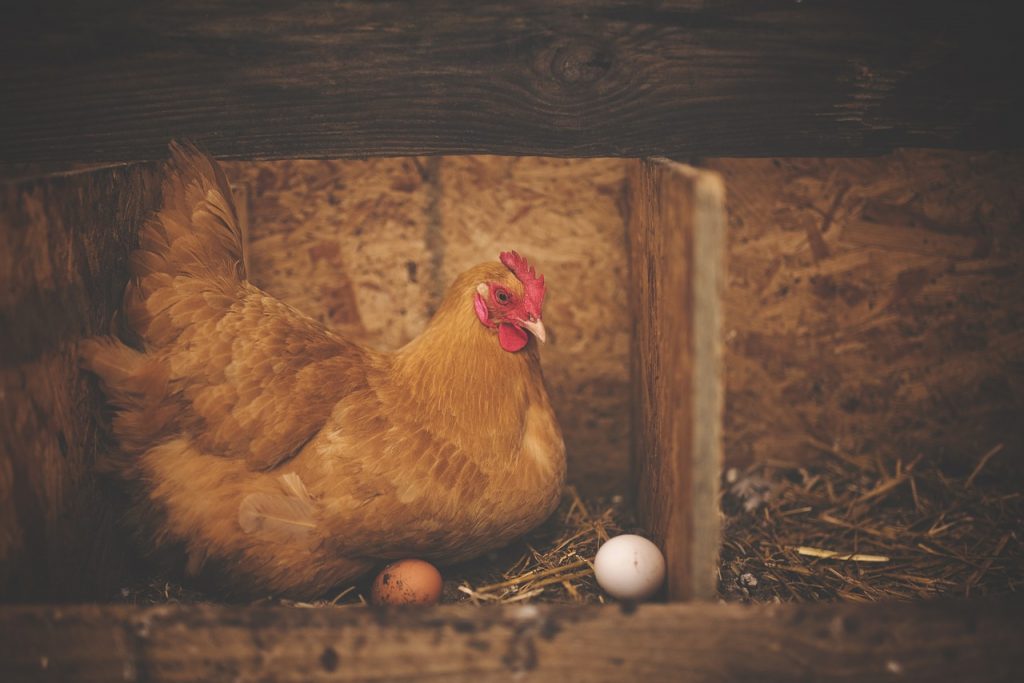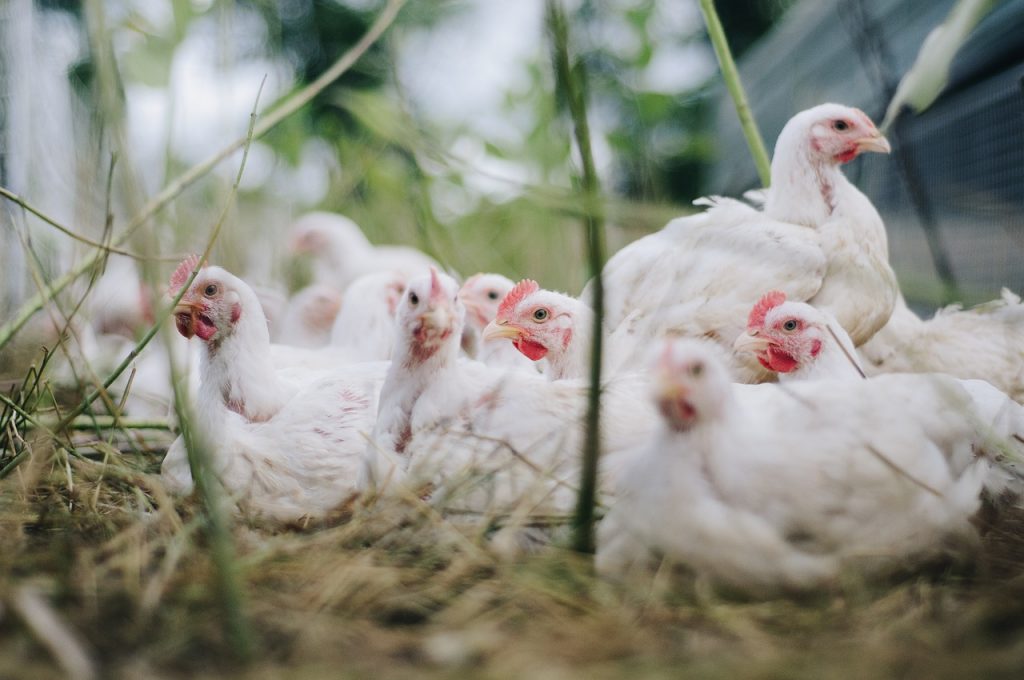Dangerous Bird Flu Outbreak Posing Massive Risk To Chicken And Egg Supplies
Chicken and egg supplies are serious risk as a dangerous bird flu sweeps chicken populations across the United States.
This article is more than 2 years old

While people have existed in an almost three-year pandemic run, many are unaware of the newfound chicken pandemic. This flu has affected birds on farms across the east coast and midwest. If the contagiousness doesn’t simmer down, farmers’ chicken and egg supplies could be threatened.
The new virus infecting poultry across the states is the H5N1 virus. The flu infects domesticated poultry and wild birds, spreading quickly between populations. The risk that this virus can transfer to humans is considerably low, but its uncontrolled effect could hinder chicken and egg supplies for grocery stores nationwide.
This specific flu has been identified in bird populations on most continents. First appearing in Europe and Asia at the end of last year, H5N1 is spreading globally with little control. The UK is experiencing its most considerable bird-flu contamination in history, just as the virus spreads across America. For now, 17 states out of 50 have seen the bird virus pop up in poultry, but due to the virus’s infectiousness, it could quickly spread to the west coast in a matter of weeks. The infection rate and its incredibly lethal nature threaten chicken and egg supplies worldwide.
Many wonder if this bird flu could eventually transfer to humans through interacting with an infected bird or through chicken and egg supplies provided to markets. Dr. William Schaffner, an infectious disease doctor at Vanderbilt University’s medical center, undermined the concern about humans contracting H5N1. Schaffner stated that the virus has immense trouble infecting human populations and that “properly cooked foods” wouldn’t be able to transmit this virus either. The CDC concurred, saying that it was improbable for humans to become infected by this poultry flu.

Though the sickness is contained among birds, its lethal nature will ultimately disturb the national chicken and egg supply chain. A total of 13 million turkeys and chickens have been removed to prevent the further spread of the H5N1 virus. In Nebraska, 570,000 broiler chickens were destroyed after the virus was discovered on a commercial poultry farm in the area. Though farmers are being proactive to eliminate furthering the viral spread, demand for chicken products has been an issue through the pandemic, making this situation even more frustrating.
The decrease in chicken and egg supplies will likely lead to an increase in price. An economical software firm known as Gro Intelligence estimates that the incoming price won’t be too much higher than its current market value. This estimate comes from a present-day jump in chicken prices, an immediate effect of the virus’s poultry decimation.
Wholesale chicken breasts in the US currently average around $2.70 per pound, 6% higher than recorded on February 8. This jump occurred a month and a half after the first H5N1 was recorded, showcasing an increase in chicken’s worth, though ultimately minimal. The chicken and egg supplies’ strain has bumped up the price for these products, already experiencing increased costs due to the pandemic.
Though the H5N1 virus can’t transfer to humans, its vicious spread could cause a profound disturbance to chicken and egg supplies and their availability. If the flu remains uncontained, the price for chicken products could increase exponentially.





